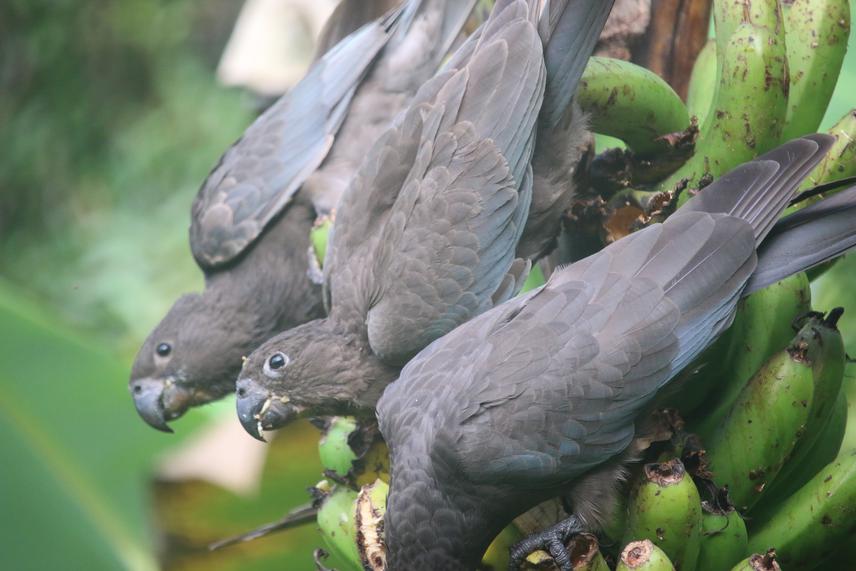Mohamed Thani Ibouroi
Other projects
15 Jul 2013
Deciphering Lemur Diversity and Taxonomy of Last Pristine Forests in Three Understudied Inter River System (IRS) of North Eastern Madagascar
Identifying species’ conservation status and priority areas for threatened species is essential for directing biodiversity conservation. This is particularly the case in the Comoros Islands. These islands of high endemism are undergoing dramatic habitat changes and are facing one of the highest rates of forest loss worldwide. None of Comoros terrestrial habitats are officially protected and the endemic species they rely on are still understudied and thus risk to extinct in a near future because of the higher rate of habitat loss within the archipelago. There is thus an urgent need to survey the Comoros biodiversity to acquire data on the conservation status of the most threatened species and priority areas for future management and conservation. The aim of our project is to investigate the diversity and conservation status of some highly threatened bird species in the three islands of Comoros (Anjouan, Mohéli and Grande Comoro) and to assess valuable conservation strategies.

The Comoros archipelago is one of the biodiversity hotspots because of its high level of endemism . However, this archipelago represents one of the poorest nations in the world (about 72% of the population directly depend on forest resources for subsistence). Because of this natural resource dependence, natural habitats in these islands have undergone dramatic changes in their natural landscape and are facing one of the highest rates of habitat loss worldwide (9.3% each year, FAO 2010). Indeed, according to Fisher and Christopher (2007), 60% of Comorian people live below the poverty line and 49% are undernourished. Moreover the islands suffer a fast-growing population that induces a strong need of lands for agriculture and also wood exploitation for building (Elvidge et al. 2009).
This intensive land use is the direct cause of the huge rate of natural habitat loss observed in the archipelago. Despite the fact that the Comoros Islands are considered as one of the biodiversity hotspots but also despite the fact that endemic species in the these islands can become extinct in a near future due the rapid loss of habitats in the Comoros, none of their terrestrial habitats are officially protected and the endemic species they rely on are still understudied and risk to extinct in a near future because of this higher rate of habitat loss. In this study, we will assess the first ecological study, population sizes, total distribution area of some threatened birds species of these islands (Otus pauliani, Humblotia flavirostris, Otus moheliensis, Columba polleni and Humblotia flavirostris etc.). We will use the Q-methodology approach in order to assess relationships between the local community and natural resource uses and their impacts on natural habitats. More specifically we will assess:
(1) how rural informants perceive benefits from natural resources and how they impact biodiversity,
(2) the various knowledge, perceptions and attitudes towards biodiversity as well as conservation actions in general.
Such information might help to understand the representation of the local community for this biodiversity, to interpret the on-going natural habitat evolution and to predict its future allowing us to subsequently propose some relevant long-term conservation actions and habitat management. This work can be considered as an urgently needed pilot study, after which we will assess a long-term conservation strategy of biodiversity in collaboration with local people.